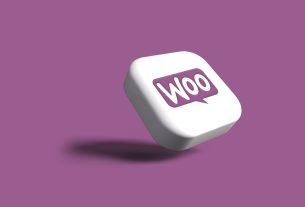4. Initial WooCommerce Setup
After activating WooCommerce, the plugin will guide you through the initial setup process.
4.1 WooCommerce Setup Wizard
The WooCommerce setup wizard simplifies the initial configuration. It’s recommended to follow the wizard, which will cover crucial aspects of your store’s settings.
4.2 Choosing Your Store’s Location
Specify your store’s address, as this impacts tax calculations and shipping options.
4.3 Selecting Your Preferred Currency
Choose the currency in which you’ll conduct transactions. This is important for international selling.
4.4 Configuring Shipping Options
Set up your shipping methods, rates, and zones based on your products’ nature and your target market.
4.5 Setting Up Payment Gateways
Configure payment gateways such as PayPal, Stripe, or other options to facilitate smooth transactions.
5. Adding Products to Your Store
Once the initial setup is complete, it’s time to add products to your online store.
5.1 Navigating to the ‘Products’ Tab
In your WordPress dashboard, find the “Products” tab on the left-hand menu. This is where you’ll manage all your products.
5.2 Adding a New Product
Click “Add New” to create a new product listing. Enter the product name, description, and all relevant details.
5.3 Product Types: Simple, Grouped, Virtual, Downloadable
WooCommerce supports various product types. Choose the appropriate type for your product, such as simple, grouped, virtual, or downloadable.
5.4 Inserting Product Images and Galleries
High-quality images are crucial for showcasing your products. Add images and create image galleries to provide different angles and views.
5.5 Assigning Categories and Tags
Organize your products by assigning relevant categories and tags. This helps customers navigate your store more effectively.
6. Customizing Your Store’s Appearance
Aesthetics play a significant role in attracting and retaining customers. Customize your store’s appearance to align with your brand.
6.1 Choosing and Installing a WooCommerce-Compatible Theme
Select a WordPress theme that’s compatible with WooCommerce. You can find numerous free and premium options on the WordPress theme repository or third-party marketplaces.
6.2 Theme Customization Options
Customize your chosen theme to match your brand colors, typography, and overall style. Most themes offer user-friendly customization panels.
6.3 Implementing a Consistent Branding
Maintain consistent branding elements throughout your store, including your logo, color scheme, and tone of voice.




